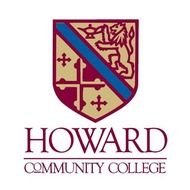(View Complete Item Description)
Intended for middle, high school, and early college classes, this learning resource takes a multifaceted look at 19th-century painting in France, as well as at the culture that produced and is reflected by that art. Organized by region, it provides a quick glance at the setting, history, and cultural life of Paris, the ële-de-France, the mountain areas of Franche-ComtÂŽ and Auvergne, Normandy, Brittany, and Provence as well as in-depth examinations of more than 50 works of art. The packetÅs classroom guide includes activities that bring the music, literature, politics, cuisine, and artistic strategies of 19th-century France to life. Recommended for social studies, history, French language, and art curricula.
Material Type:
Diagram/Illustration,
Reading,
Teaching/Learning Strategy,
Textbook




















